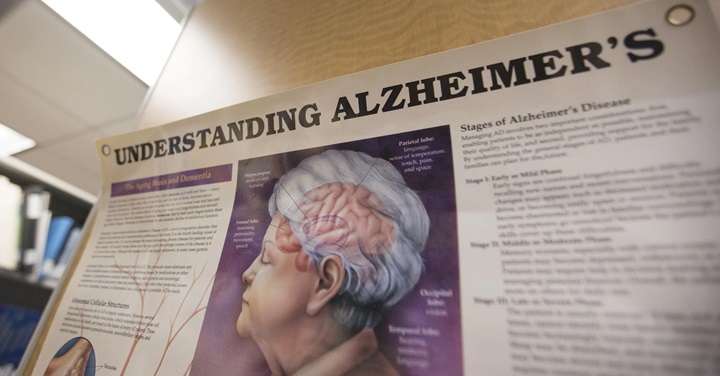Alzheimer’s is a disease that is affecting approximately 5.8 million Americans in 2019. In fact, one in ten people age 65 or older have the risk of contracting the ailment. Alzheimer’s disease, a type of dementia, is an unfortunate and tragic condition to deal with, especially because it involves problems with memory and logical processes.

[Source: Associated Press/Scott Eisen]
Dancing is a form of exercise that many people of all ages practice. There is a vast variety of dances as well, from hard-hitting hip hop to graceful ballet to two-step ballroom dancing. Because it involves the process of memorizing certain steps and the usage of visual learning and kinesthetic sense of the body, parts of the brain (which controls cognitive processes) are thoroughly exercised.
According to Healthcare in America, dancing can stimulate the hippocampus, the part of the brain that generates memory. The repetition of movements in dancing reflects positively in the memory and the way it functions. In addition, there is neuron activity and connectivity that can come from dancing. This connection can help the maintenance of balance and active learning.

[Source: Associated Press]
Some other activities had some success in reducing the risk of dementia, but dancing proved to be the most effective. The rhythmic movement and the connections from all parts of the body can help to strengthen the memory and eventually, help to reduce the risk of harmful diseases like dementia or Alzheimer’s.
Overall, dance is often viewed as an artful activity that only the most skilled can do. However, it can also prevent life-threatening diseases and may change your life forever.
Judith Park, Grade 12
Palos Verdes High School

